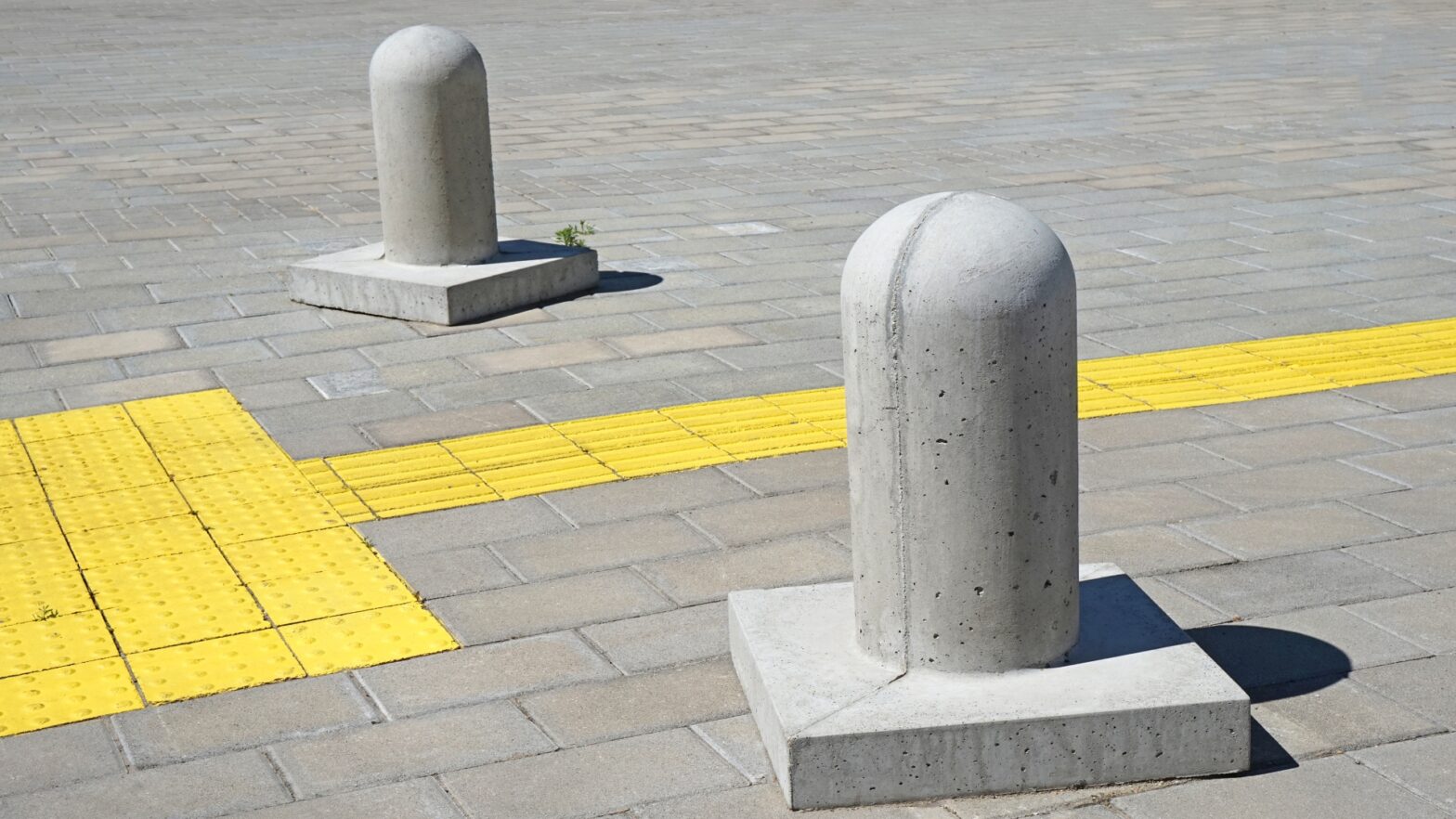Integrating ADA rules to construct sidewalks in neighbourhoods, commercial sectors, and public places increases safety, accessibility, and independence for disabled and senior citizens.
These sidewalks improve mobility by reducing the physical barrier and providing easy access for pedestrians of different abilities.
ADA Ramps and Slopes Enhance Accessibility
ADA sidewalks have curb ramps, tactile warnings, and reduced slopes. All these features allow people using wheelchairs, walkers, or other mobility aids to make a smooth transition from street to sidewalk.
Curb ramps are beneficial for seniors, as they prevent trips and falls caused by sudden changes in surface level. Similarly, tactile paving’s allow people with visual impairments to indicate intersections and hazardous zones.
Improve Safety and Reduce Risk of Injuries
The City of New York’s ADA rules highlight that removing barriers like steep curbs and uneven surfaces improves the safety for individuals with disabilities. ADA-compliant infrastructures, including sidewalks, prevent accidents.
Moreover, crosswalk improvements and timely sidewalk repairs reduce falls and injuries among old residents. Adding auditory signals at pedestrian crossings also ensures that visually impaired individuals can safely navigate intersections.
Promote Independence of Mobility
Accessible sidewalks give courage to senior citizens and individuals with disabilities to move freely. These pathways provide them access to public parks, healthcare facilities, and shopping areas without assistance.
This promotes a sense of independence, mental well-being, and participation in daily activities. Pedestrian-friendly spaces also encourage physical activity and improve the health of senior citizens. It also allows them to come out of isolation too.
Legal Compliance and Community Engagement
When cities follow ADA guidelines, they provide equal rights to everyone, including people with disabilities and seniors. It includes ensuring that all pedestrian routes are safe and easily accessible.
In NYC, DOT necessitates that all sidewalks must be constructed as per ADA guidelines to enhance mobility. It allows them to increase community engagement and ensure everyone’s safety.
Not following the regulations can result in violations and legal penalties. Getting these DOT violations fixed requires the help of a professional contractor who modifies the sidewalk as per ADA and DOT guidelines.
Increasing Economic Activities
As ADA-compliant sidewalks provide accessibility, they enhance mobility. It allows pedestrians to walk freely and go to all places without worrying about their safety. Easy-to-reach pedestrian infrastructures attract more people to local businesses and boost the local economy.
Moreover, communities with well-maintained and easy-to-reach sidewalks are also perceived as attractive.
Conclusion
ADA-compliant sidewalks not only meet legal requirements of the city but also enhance walkability. Their presence creates a sense of inclusivity and safety for everyone, especially disabled people. By investing in such structures, we can enhance the quality of life for everyone while promoting independence and community participation.





























